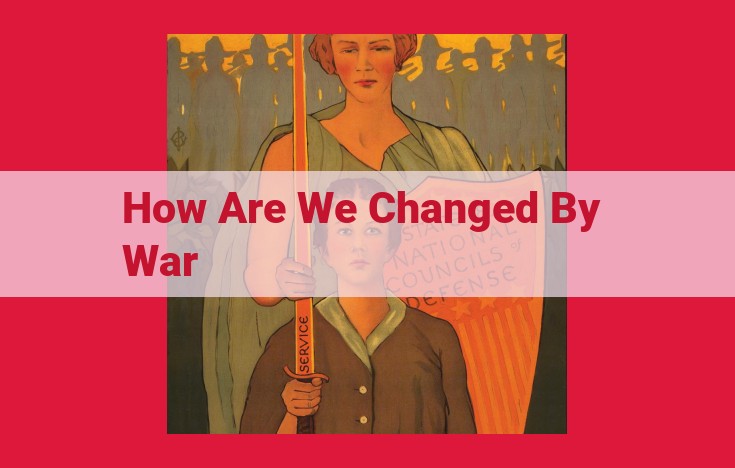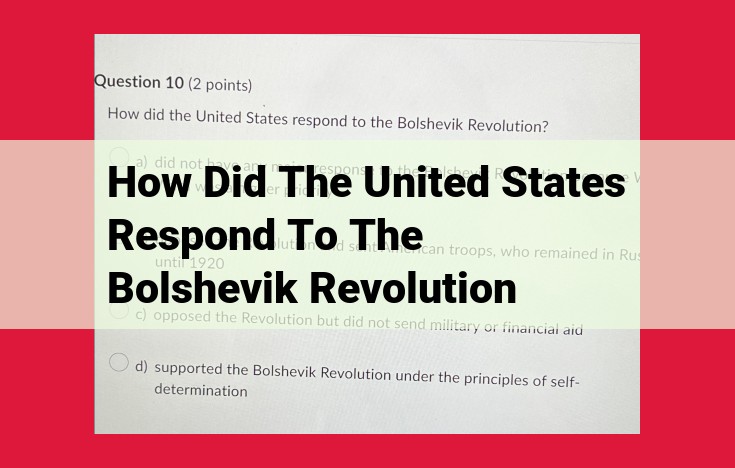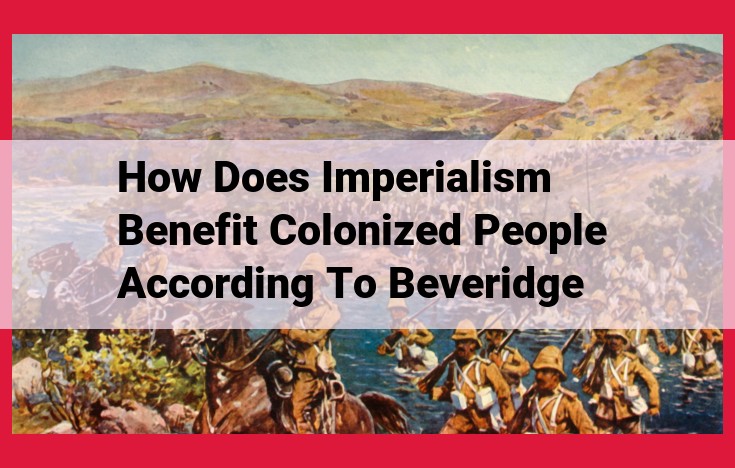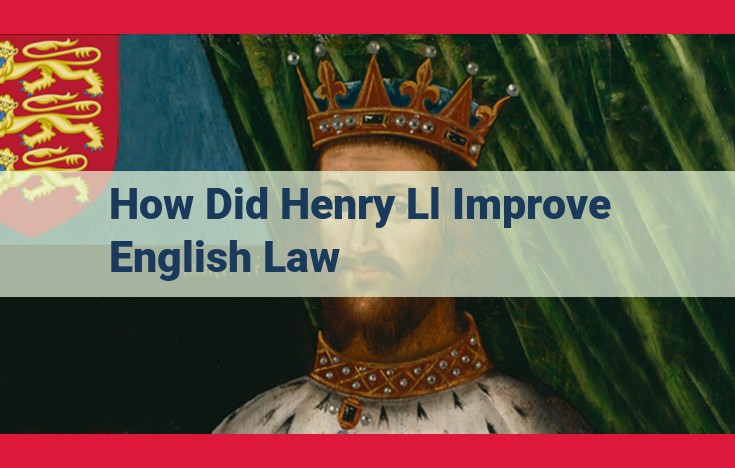The advent of the internet has revolutionized the media landscape by creating new opportunities and disrupting traditional channels. Digital advertising platforms have emerged as significant players, connecting advertisers with audiences through search engines, social media, and other digital channels. Audiences have become more fragmented, requiring precise targeting and segmentation strategies. The role of journalists and users has shifted as user-generated content and online forums influence credibility. The future promises continued disruptions, with the rise of artificial intelligence, data-driven marketing, and immersive technologies shaping the digital advertising ecosystem.
Key Players in the Digital Advertising Ecosystem: Unveiling the Puppet Masters
In the intricate realm of digital advertising, a constellation of entities collaborate like puppeteers, manipulating our virtual experiences to drive commercial outcomes. Let’s shed light on these pivotal players:
-
Media Companies: These legacy giants, such as CNN and The New York Times, once dominated the advertising landscape with their traditional print and broadcast channels. Today, they’ve deftly pivoted, establishing robust digital platforms that extend their reach into the virtual world.
-
Internet-Native Media Outlets: These upstarts, like BuzzFeed and Vox Media, were born in the digital era, leveraging the power of the web to deliver hyper-targeted content to specific niches. Their audience-centric approach has made them formidable players in the digital advertising game.
-
Digital Advertising Platforms: These giants, such as Google AdWords and Facebook Ads, provide the infrastructure for advertisers to target and manage their campaigns with surgical precision. They control vast networks of publishers and leverage sophisticated algorithms to match ads with relevant content and audiences.
-
Content Creators: The lifeblood of the digital advertising ecosystem, content creators are the visionaries behind the videos, articles, and social posts that capture our attention. From bloggers to influencers to media agencies, they craft compelling content that provides the canvas for advertising messages.
The Role of Search Engines in Digital Advertising
In the vast digital landscape, search engines reign supreme as gatekeepers to the information highway. They are the sentinels that guide users to the content they seek, playing a pivotal role in the success of any advertising campaign.
Search engines operate on an intricate algorithm that analyzes keywords and phrases entered by users. This algorithm then retrieves and ranks relevant pages, presenting them to the searcher in a matter of milliseconds. As a result, search engines have an unparalleled ability to influence content discovery and ad targeting.
For advertisers, search engines offer a highly targeted way to reach potential customers. By bidding on keywords relevant to their products or services, advertisers can place their ads at the top of search results pages. This ensures maximum visibility for their ads, increasing the likelihood of clicks and conversions.
Moreover, search engines leverage vast amounts of user data to personalize ad targeting. By tracking search history, location, and other factors, they can tailor ads to the specific interests and needs of individual users. This data-driven approach enhances the relevance of ads, leading to higher engagement and improved results for advertisers.
Search engines have fundamentally transformed the way businesses market their products and services. Their ability to connect advertisers with their target audiences in a highly targeted and efficient manner makes them an indispensable part of the digital advertising ecosystem. As technology continues to evolve, search engines will undoubtedly remain at the forefront of digital marketing, driving innovation and shaping the future of advertising.
The Advertiser’s Perspective: Navigating the Digital Advertising Landscape
In the dynamic realm of digital advertising, advertisers play a pivotal role in shaping the user experience and driving business outcomes. Understanding their goals and strategies is crucial for navigating this complex ecosystem effectively.
Defining Advertiser Objectives
Advertisers embark on digital campaigns with diverse aims. Some prioritize brand awareness, seeking to establish a strong presence in the minds of target audiences. Others focus on lead generation, nurturing prospects through valuable content and targeted messaging. Sales conversion is another key objective, where advertisers aim to convert website visitors into paying customers.
Crafting Effective Strategies
To achieve their objectives, advertisers employ various strategies. Retargeting campaigns re-engage individuals who have previously interacted with their brand, while native advertising seamlessly integrates ads within content, making them less intrusive. Influencer marketing leverages trusted individuals to amplify brand messages and enhance authenticity.
Challenges and Opportunities
Digital advertising presents both challenges and opportunities for advertisers. Ad blocking software poses a threat to campaign reach, while fraudulent traffic inflates campaign metrics, distorting performance. However, advanced targeting capabilities allow advertisers to pinpoint specific demographics and interests, maximizing conversion rates.
Data-Driven Decision Making
Data analysis is the lifeblood of digital advertising. Advertisers use analytics dashboards to track performance metrics, identify trends, and optimize campaigns. First-party data from customer interactions provides valuable insights into user behavior, enabling personalized messaging and tailored experiences.
Adapting to Evolving Trends
Digital advertising is constantly evolving, with new technologies and formats emerging regularly. Advertisers must stay abreast of these trends, such as artificial intelligence for personalized targeting, social media video advertising for engaging storytelling, and augmented reality for immersive brand interactions.
In the competitive landscape of digital advertising, advertisers navigate a complex ecosystem with diverse goals and strategies. Understanding their perspectives is essential for creating effective campaigns that resonate with audiences, drive conversions, and ultimately achieve business objectives.
The Role of Journalists and Users in Shaping Digital Advertising
In the dynamic realm of digital advertising, journalists and users serve as crucial gatekeepers, wielding significant influence over its credibility and effectiveness. Let’s delve into their pivotal roles:
Journalists: Guardians of Truth and Transparency
Journalists play a multifaceted role in the digital advertising ecosystem. Their rigorous reporting and critical analysis help expose deceptive or misleading advertising practices, safeguarding consumers from exploitation. By holding advertisers accountable, journalists foster transparency and build trust in the advertising ecosystem.
Additionally, journalists’ insightful commentary and in-depth investigations provide valuable perspectives on the societal implications of digital advertising. They raise awareness about privacy concerns, ethical considerations, and the potential impact on democracy. By shedding light on these issues, journalists empower informed decision-making and encourage responsible practices within the industry.
Users: Shaping the Advertising Landscape
Users are not mere passive recipients of digital advertising; they actively shape its content and effectiveness. Through their feedback, comments, and social media engagements, users express their preferences, which advertisers keenly monitor to tailor their messaging accordingly. This constant dialogue between users and advertisers leads to more relevant and engaging advertising experiences.
Moreover, users hold immense sway over the credibility of digital advertising. When they encounter misleading or offensive ads, they can easily report them to platforms, leading to removal or corrective action. By exercising their watchdog role, users contribute to a cleaner and more ethical advertising environment.
Journalists and users are indispensable stakeholders in the digital advertising ecosystem. Journalists act as guardians of truth and transparency, ensuring that consumers are protected from deceptive practices and that the industry operates ethically. Users, on the other hand, shape the advertising landscape through their feedback and active participation, fostering a more relevant and credible advertising experience. By fostering a collaborative relationship between these stakeholders, we can create a digital advertising ecosystem that serves both consumers and advertisers alike.
Audiences and Segmentation: The Key to Precision in Digital Advertising
In the realm of digital advertising, where success hinges on delivering the right message to the right people, understanding your audience and segmenting them strategically is paramount. Audience segmentation involves dividing your target market into smaller, more specific groups based on shared characteristics. By doing so, you can craft highly targeted campaigns that speak directly to their unique needs and interests.
Benefits of Audience Segmentation:
- Increased Relevance: Tailored ads resonate better with specific audience segments, resulting in higher engagement and conversions.
- Enhanced Targeting: By understanding their demographics, behaviors, and preferences, you can precisely target your ads to those who are most likely to be interested in your offerings.
- Improved ROI: Targeted campaigns lead to higher click-through rates, lower acquisition costs, and a maximized return on your advertising investment.
Types of Audience Segmentation:
- Demographic Segmentation: Age, gender, income, education, location.
- Behavioral Segmentation: Purchase history, website visits, content engagement.
- Psychographic Segmentation: Personality traits, values, lifestyle.
How to Segment Your Audience:
- Collect and analyze data from your website, social media channels, and email campaigns.
- Conduct surveys and interviews to gather insights into audience preferences.
- Use analytics tools to track audience behavior and identify trends.
Example:
Let’s say you’re selling a travel subscription box. By segmenting your target audience, you could identify:
- Adventure Seekers: Young, active individuals who enjoy exploring new destinations.
- Foodies: Families and individuals passionate about culinary experiences.
- Culture Buffs: History enthusiasts and travelers eager to immerse themselves in different cultures.
Tailoring your ads and content to each segment would significantly increase the likelihood of capturing their attention and driving conversions.
Audience segmentation is a crucial aspect of any successful digital advertising campaign. By understanding your target market and dividing it into specific groups, you can deliver highly relevant ads that resonate with their unique needs. Embrace this powerful strategy to improve your targeting, increase your ROI, and ultimately connect with the right people at the right time.
The Future of Digital Advertising: Disruptions and Trends
The digital advertising landscape is constantly evolving, driven by technological advancements and changing consumer behaviors. As we look into the future, several potential trends and disruptions may reshape the industry:
- Artificial Intelligence and Machine Learning: AI and ML algorithms will play a more significant role in automating ad targeting, optimizing campaigns in real-time, and delivering personalized experiences.
- Interactive and Immersive Advertising: Consumers will demand more engaging and interactive advertising experiences that enable them to directly engage with brands and products. Augmented and virtual reality could become integral elements of future digital ads.
- Voice and Visual Search: The rise of voice assistants and visual search engines will further blur the lines between search and advertising. Brands need to adapt their strategies to target users who prefer to use their voice or images to search for information.
- Influencer Marketing: Influencer marketing will continue to gain traction as consumers trust recommendations from individuals they follow and engage with.
- Programmatic Advertising: Programmatic buying will become increasingly sophisticated, enabling advertisers to automate ad purchasing and targeting decisions based on data and algorithms.
- Data Privacy and Regulation: Concerns over data privacy will continue to influence the way digital advertising is conducted. Regulations like the European Union’s General Data Protection Regulation (GDPR) will shape the industry’s approach to data collection and usage.
- Content Marketing and Brand Storytelling: Brands will shift their focus towards creating high-quality content that resonates with their target audience and tells a compelling brand story.
- Emerging Technologies: New technologies like blockchain and facial recognition could disrupt the digital advertising ecosystem, providing innovative opportunities for advertisers and consumers.
As these trends and disruptions unfold, digital advertising will continue to evolve, demanding adaptability and creativity from marketers. Embracing these changes will be crucial for brands to stay ahead of the curve and connect with consumers in meaningful and engaging ways.












